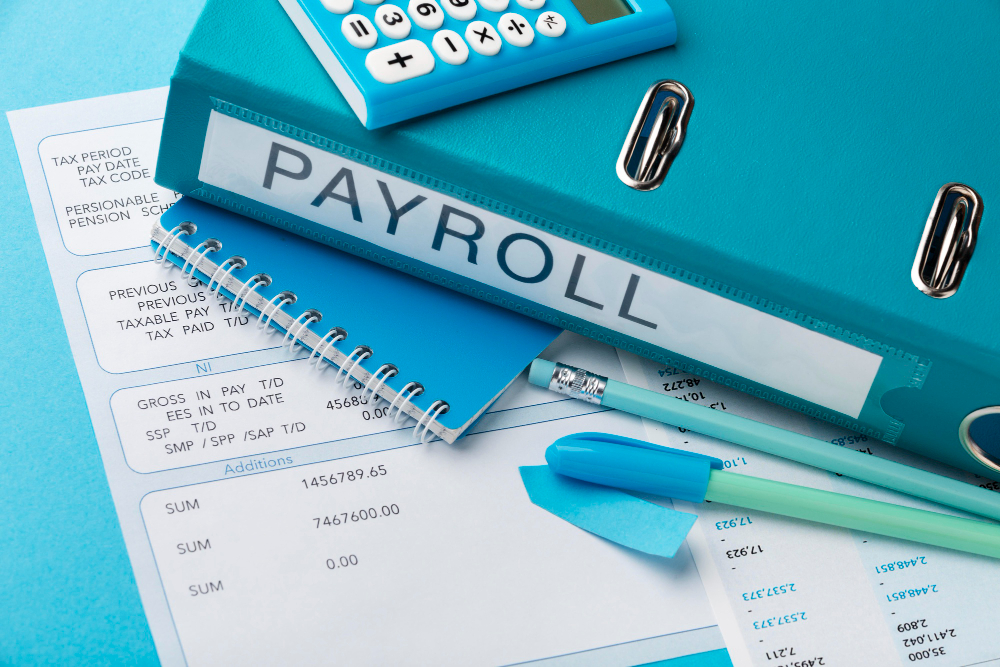If you have ever looked at your paycheck and thought, “Wait, why is this different from last month?” you are not alone. Whether you are an employee trying to understand how your salary adds up or an employer building a payroll calendar, the number of pay periods in a year can be surprisingly confusing.
So, let’s break it down. We will cover how many pay periods in a year, explore different payroll schedule types (like biweekly v/s semi-monthly), and into the quirks like the occasional 27 pay periods in a year. Please stick with us; we will discuss how many pay periods there are in a year and more.
What Is a Pay Period?
A Pay Period is your employer’s recurring schedule to calculate and issue paychecks. It defines how often employees are paid, whether weekly, twice a month, or once a month. In a nutshell, you can think of it as a financial rhythm. Employees work during a specific timeframe (the pay period), and after that period ends, payroll is processed, and a paycheck is issued.
Common Types of Pay Schedules
Let’s explore the most common payroll schedule types and how they determine the number of pay periods in a year:
Weekly: 52 pay periods
This schedule is ideal for hourly employees and provides consistent and frequent payouts.
Biweekly: 26 pay periods
Paid every other week, usually on Fridays. However, some years may also have 27 pay periods in a year, depending on the number of weeks.
Semimonthly: 24 pay periods
Payments typically happen on fixed dates, such as the 15th and last day of the month.
Monthly: 12 pay periods
The monthly pay period schedule is simple and cost-effective, but employees may find the wait between paychecks long.
Each schedule affects how businesses budget and how employees manage personal finances.
How Can Leap Years of Calendar Quirks Affect Pay Periods?
While most people on a biweekly schedule expect 26 paychecks per year, occasionally, a year will sneak in 27 pay periods in a year.
Why does that happen?
A year is roughly 365.25 days long. When you divide that by 7 (days in a week), you get about 52.18 weeks. Multiply that by 2 for biweekly, and voilà, some years will yield 27 paydays instead of 26.
For employers, this anomaly might mean adjusting annual salaries or calculating one “extra” paycheck; whereas, for employees, it feels like a financial bonus. Either way, it’s important to plan.
Biweekly vs Semimonthly: What’s the Difference?
The biweekly vs semimonthly pay debate is one many people mix up, and that’s understandable, too. However, here’s a quick comparison:
| Feature | Biweekly | Semimonthly |
| Number of Pay Periods | 26 (sometimes 27) | 24 |
| Pay Dates | Every 2 weeks (e.g., Friday) | Fixed dates (e.g., 15th, 30th) |
| Check Amounts | May vary slightly month to month | More consistent |
| Best For | Hourly workers | Salaried employees |
Yes, the biweekly and semimonthly pay may seem similar to some, but they can impact how employees budget and employers handle deductions and taxes.
How to Choose the Right Pay Schedule for Your Business
If you are a business owner, choosing the right schedule on your payroll calendar can influence everything from employee satisfaction to compliance and cost.
Here’s what to consider:
- Workforce type: Hourly workers often prefer weekly or biweekly pay. Salaried employees typically manage well with semimonthly or monthly.
- Compliance: Certain states have laws mandating how often employees must be paid.
- Costs: Frequent payroll processing means more administrative time and potentially higher fees.
- Employee morale: Frequent paydays can reduce financial stress and boost retention.
Choose the schedule that aligns with your team’s needs to ensure you meet your business’s operational demands.
Final Thoughts- Make Pay Periods Work for Your Business
Understanding how many pay periods in a year is more than just maths; it’s a practical tool for better budgeting, planning, and communication. Need help curating a payroll calendar that works for you, not against you? Contact our team at Houston Small Business Services today!
FAQs About Pay Periods
Q. 1 How do I calculate gross pay based on the pay period?
Take the annual salary and divide it by the number of pay periods. For example, a $52,000 annual salary on a biweekly schedule (26 periods) would be $2,000 per paycheck.
Q. 2 Can I change my pay period mid-year?
Yes, but you should do it carefully. Notify employees, update your payroll calendar, and ensure you follow state or federal laws.
Q.3 Do salaried employees get paid the same every pay period?
Generally, yes. However, in a year with 27 pay periods in a year, some businesses adjust paycheck amounts to maintain consistency.
Q.4 Is biweekly pay better than monthly?
It depends. Meanwhile, biweekly offers more frequent payments, which many employees prefer. However, monthly pay is simpler but it can be tougher for budgeting.
















